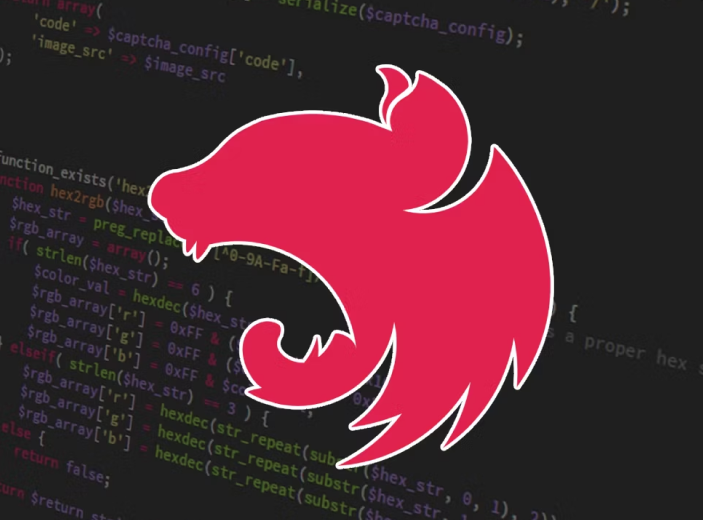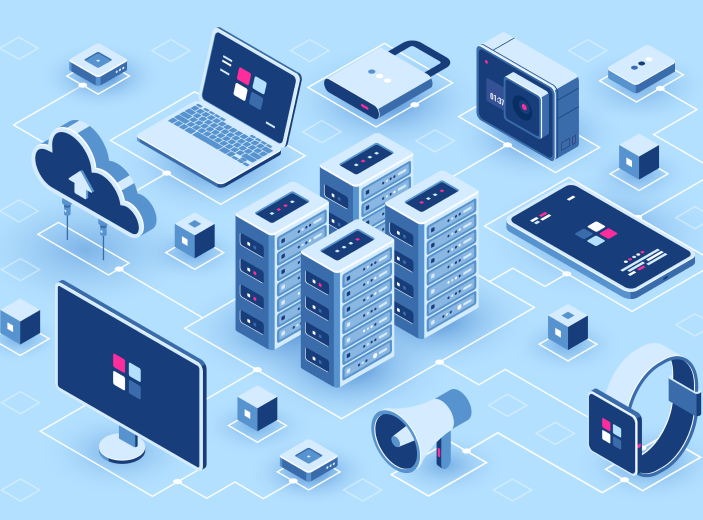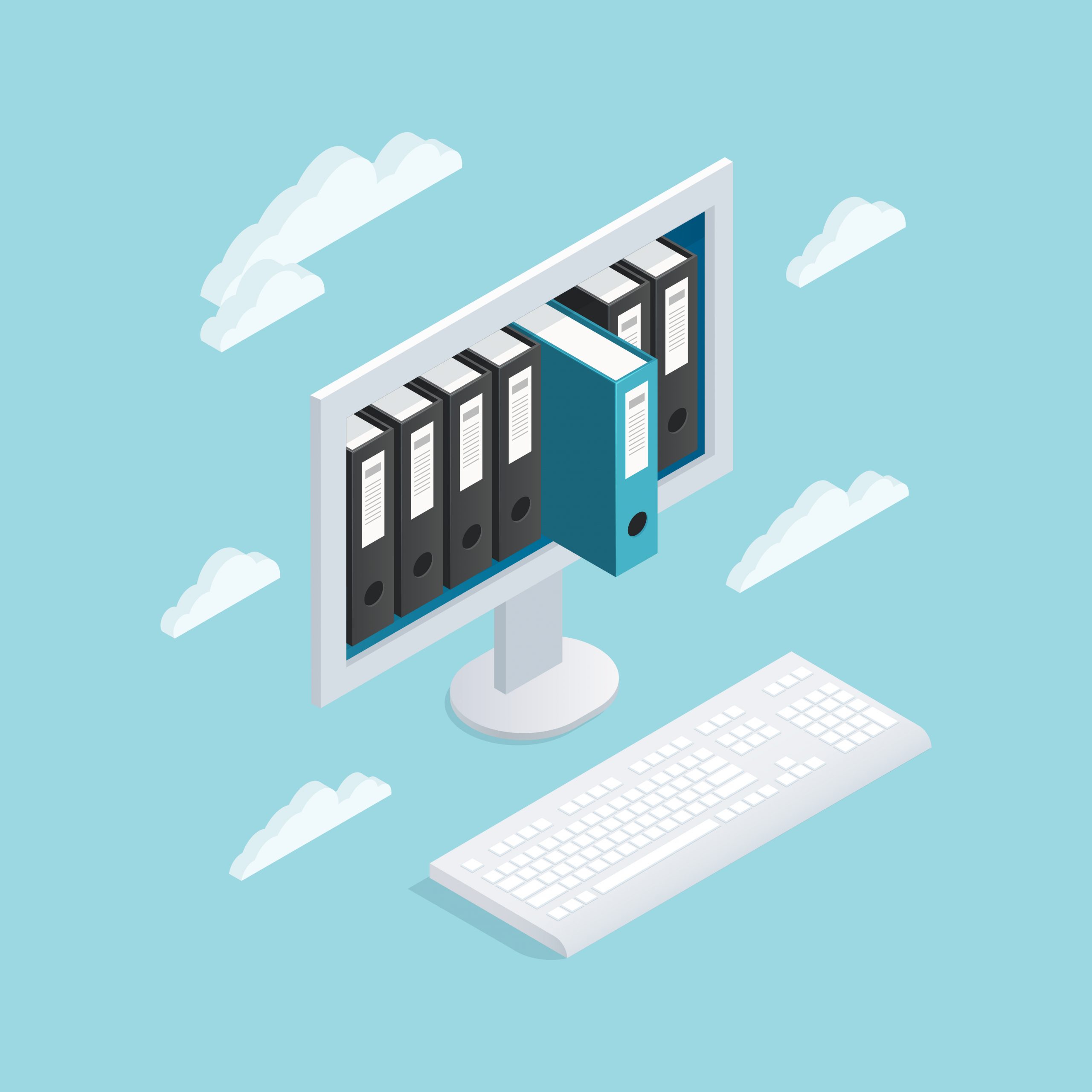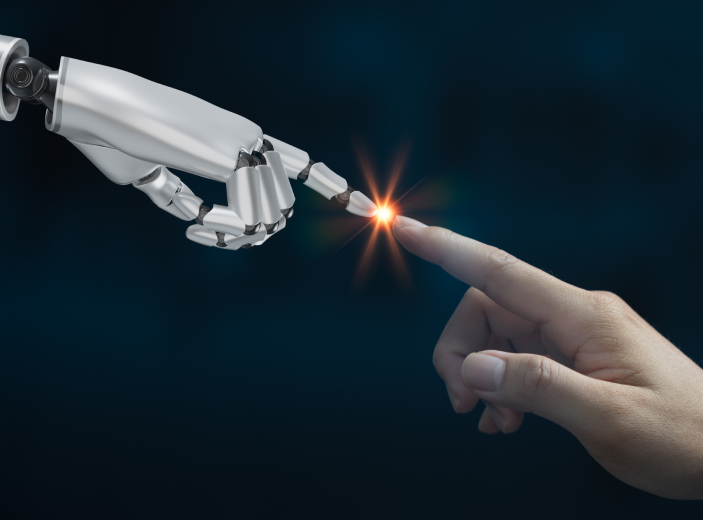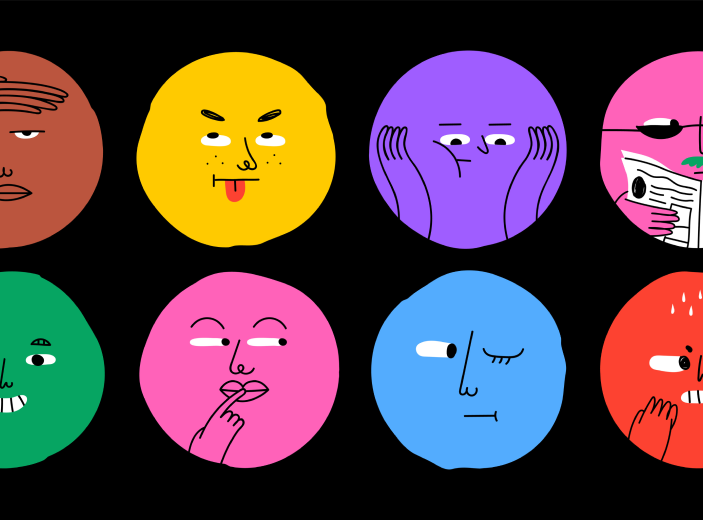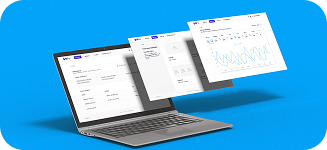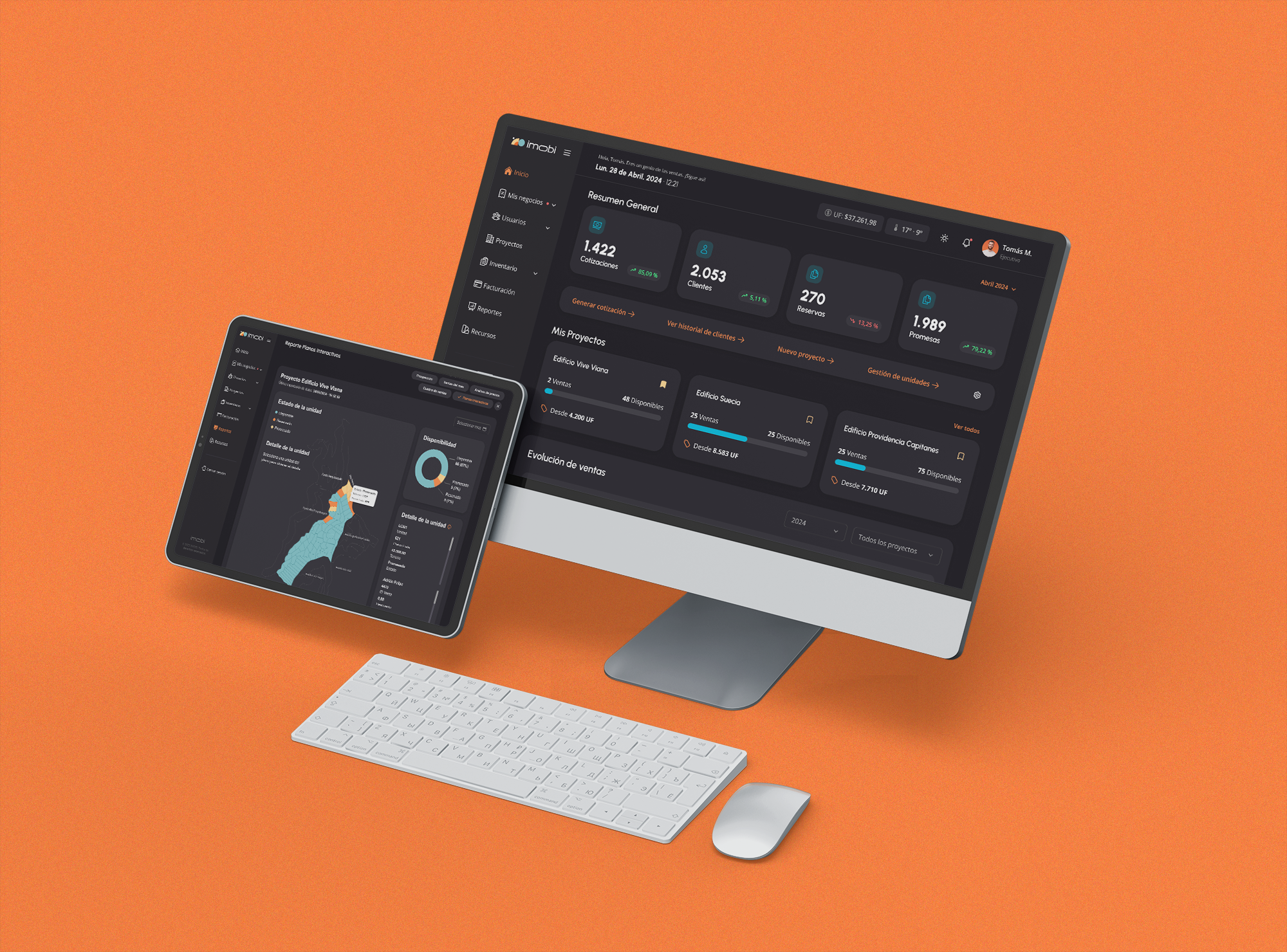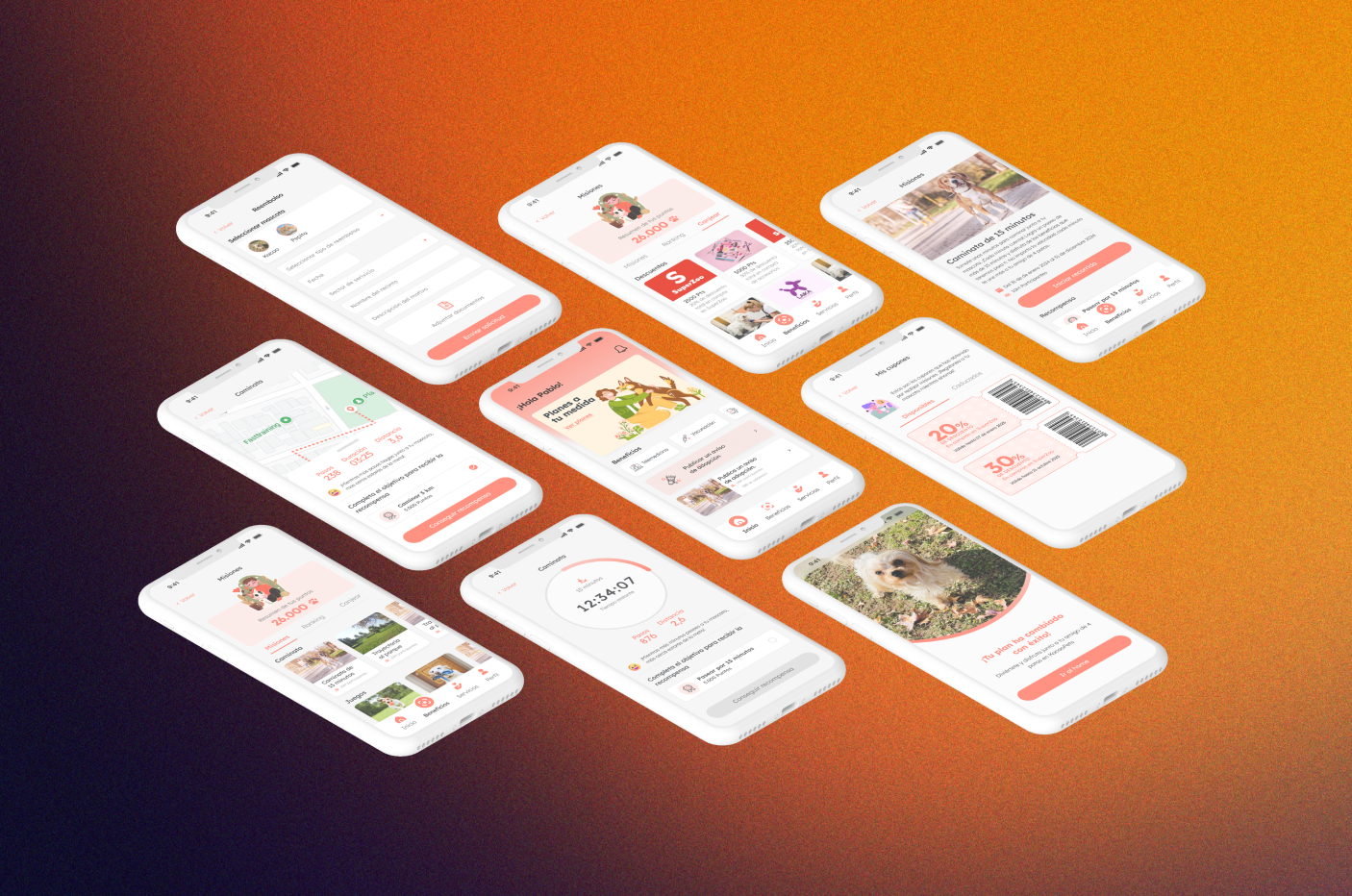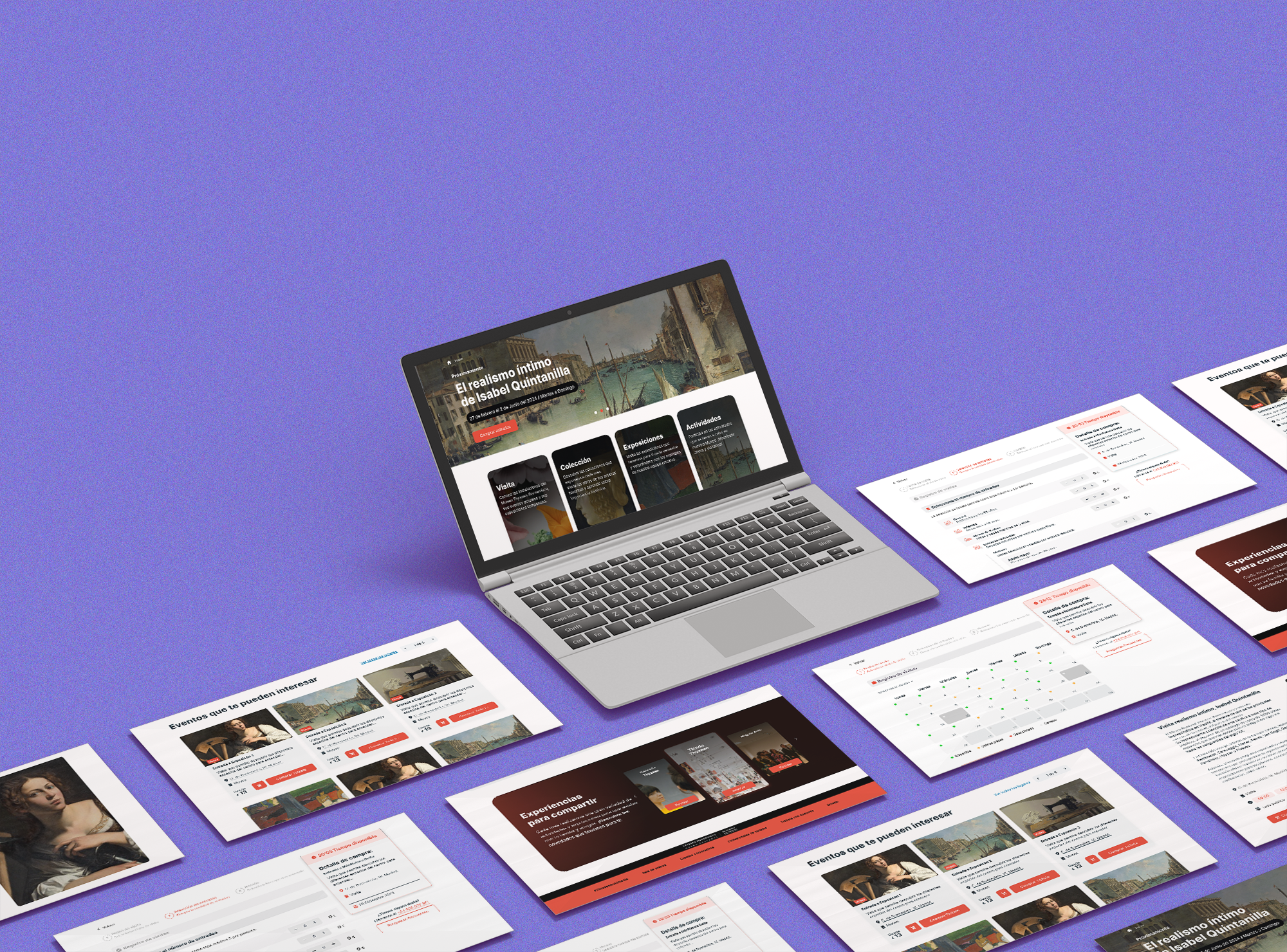Share this article
It’s hard to fathom all the things that AI applications will do someday. So, rather, focus on how you can improve your life now.
As we all hear constantly, artificial intelligence (AI) is about to change everything forever; it will replace workers, create new medicines, perhaps destroy the world.
For the moment, however, I’m more excited about the ways in which AI can already solve the annoying everyday problems that nag at my work life.
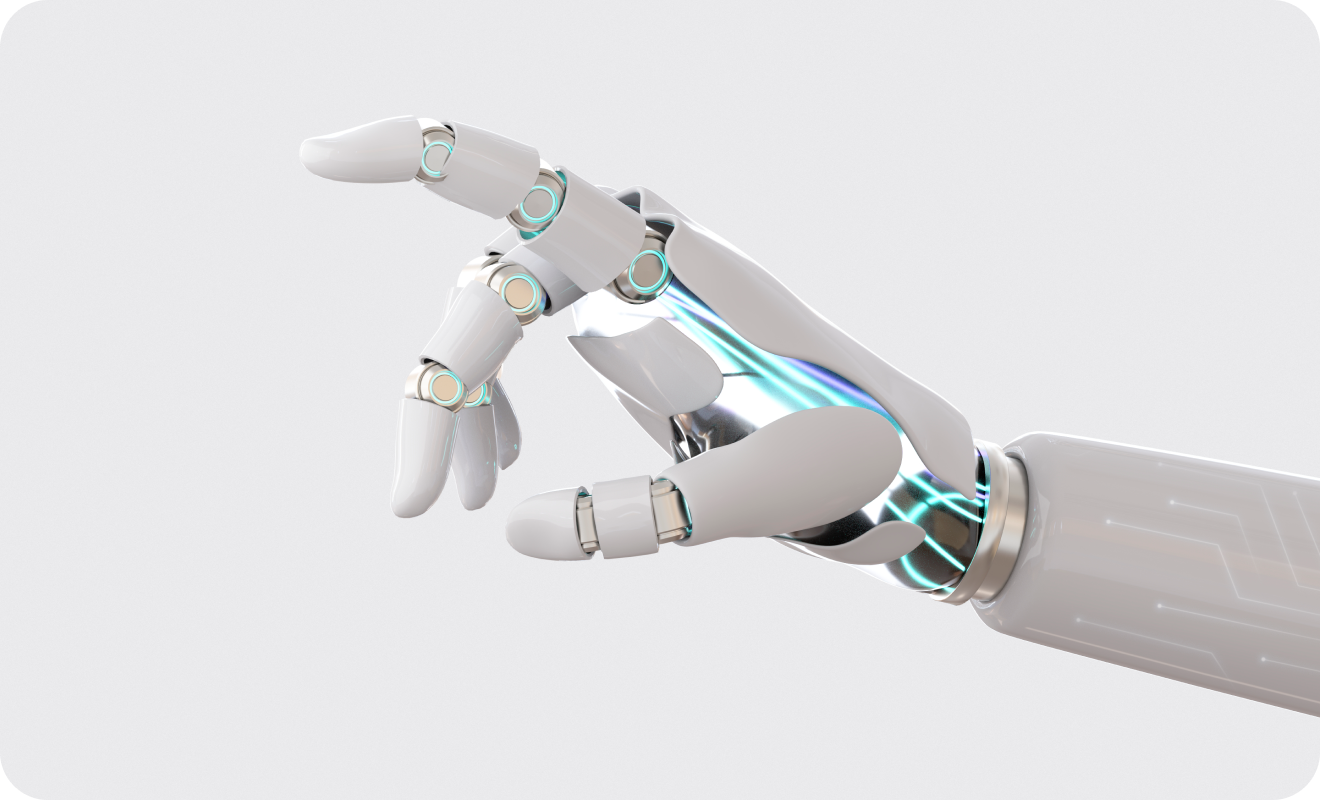
With the help of AI, tedious tasks and information retrieval become more efficient, allowing for a more creative and productive focus.
I can get help if I get distracted during a meeting, if I need to write a diplomatic note to an irritating colleague or need technical help as soon as possible. These are not exactly the world-shattering problems that AI promises to solve, but they are the kinds of things that constantly frustrate us.
Here are seven of the most important problems that AI tools have already solved for me.
1.-I lost the thread of a meeting
Sometimes the sound of an incoming message or the tedium of back-to-back video calls causes you to lose sight of what is happening in a meeting. That’s when an AI meeting assistant comes in handy. These tools transcribe, summarize and organize what happens in a session so you get a neat summary with action items right away. Some wizards (such as the built-in transcription in Zoom and Teams, or the additional Otter.ai application) even transcribe in real time, so you can quickly backtrack the conversation.
2.-Email has me overwhelmed.
The job of handling email has become considerably easier thanks to a new generation of email clients that use AI to sort the incoming flow and make it easier to respond. AI-equipped email programs like Superhuman and Shortwave can analyze the content of your messages and keep track of different senders, allowing them to organize your inbox by message type and priority (so all your sales newsletters are grouped together, for example, and don’t clutter up your main inbox). The programs can also compose replies to messages.
Using an AI-equipped email client keeps my primary inbox to only the most important messages, so I don’t get left behind or overwhelmed; I see everything else (my newsletters and my “other” pile) when I have time.
3.-I have to deal with an annoying colleague.
Sometimes I am so angry with an uncooperative, argumentative or condescending colleague that I can’t resist writing a very incisive and hostile email. I used to give myself a 24-hour cooling-off period before sending those preliminary messages, and then give them to my husband to review and edit. Now, I give that same job to an AI.
If I tell the AI something like, “Please rewrite this e-mail response so that it is constructive and cordial, rather than hostile,” I get a new perspective on how to restructure my pithy replies. That’s how I learned to say, “For the past few weeks, aligning directly was a challenge,” rather than, “It’s super frustrating that I couldn’t spare the time.” I still have the emotional satisfaction of being as direct as I want to be, but the AI softens my sharp edges and turns the wording into a message that can actually get the result I want.
4.-I need technical assistance
Rarely a day goes by that I don’t need some kind of technical support, such as learning how to use a new application or troubleshooting a video conferencing platform. But I hate watching how-to videos, and I don’t always have time to read an online manual or call a manufacturer. Now I simply ask Perplexity or ChatGPT how to solve my problem. That way I get step-by-step instructions that are tailored to my particular level of experience, and I can ask clarifying questions if I get confused or my initial steps didn’t work.
5.-I do not understand the subject
If I need to read up on an academic or technical topic that is totally new to me, I often ask a general-purpose AI (such as Claude, Perplexity or ChatGPT) to provide me with a broad overview of the field, or I use an AI-equipped academic research tool such as SciTE to provide me with a summary of the main insights in the field. But that’s just a starting point, because AIs often base their abstracts on a singular subset of the academic literature, or outright make things up. Once I have my props, I select some credible articles (ones with lots of citations, or that have been recommended by experts) and have an AI summarize them and clarify any points I don’t understand.
6.-I hate to do a tedious job.
I have yet to find a job that doesn’t involve a certain amount of tedious labor; whether it’s invoicing, proofreading, data cleanup, or file organization. I now hand over almost all my boring and annoying tasks to an AI. For example, I have a supplier who gives me invoices in a form that my accounting system won’t accept; instead of redoing those invoices by hand (or asking my non-tech supplier to fix them), I use AI to do the work for me.
It took five minutes to create the instruction that does the job: “You are a collection agent for a supplier. Your primary role is to take preliminary collection notes and organize them into a structured table. The table should have columns for date, time period, and hours worked, with one row per day. Your goal is to provide clear and accurate collection information, ensuring that all details are neatly organized and easily understood.”
Once I have that instruction, I can use it over and over again. Now all I do is paste the most recent invoice from my supplier after that instruction and get a table that I can put into Excel and send to my accounting application.
7.-I need more examples
When I’m working on an article, presentation or report, I often get stuck looking for the right example to complete it; which can mean searching for hours on the internet or asking friends and colleagues to share their own examples and experiences. But now I simply ask a web-enabled AI like Perplexity for something like “five examples of manufacturing companies that have embraced hybrid work.” Or I ask a couple of different AIs to help me think of more examples for a work in progress; such as providing Claude and ChatGPT with a draft of the first six problems in this article, and asking them to suggest more problems that AI could solve.
When I did that, the AIs handed me a list that reminded me of many other ways AI has eliminated major pain points in my work life. “Finding pertinent information in a sea of data”: Yes, I often upload spreadsheets to AIs and ask them to help me reorganize or bring patterns to light. “Intensify creative brainstorming”: True, AI has eliminated the bottleneck of needing a sounding board for my new ideas, because now I can always turn to an AI as my virtual sounding board. “Improve social media management”: Just as ChatGPT suggested, I have used AI to analyze the performance of online posts and deduce the best hooks and titles for future updates.
The list went on and on, in a beautiful illustration of what makes AI solutions so powerful: AI can not only address our work sensitivities, but it also retains a memory of everything it has solved, long after my human memory forgets what it was like to work otherwise.
Source: The Wall Street Journal

